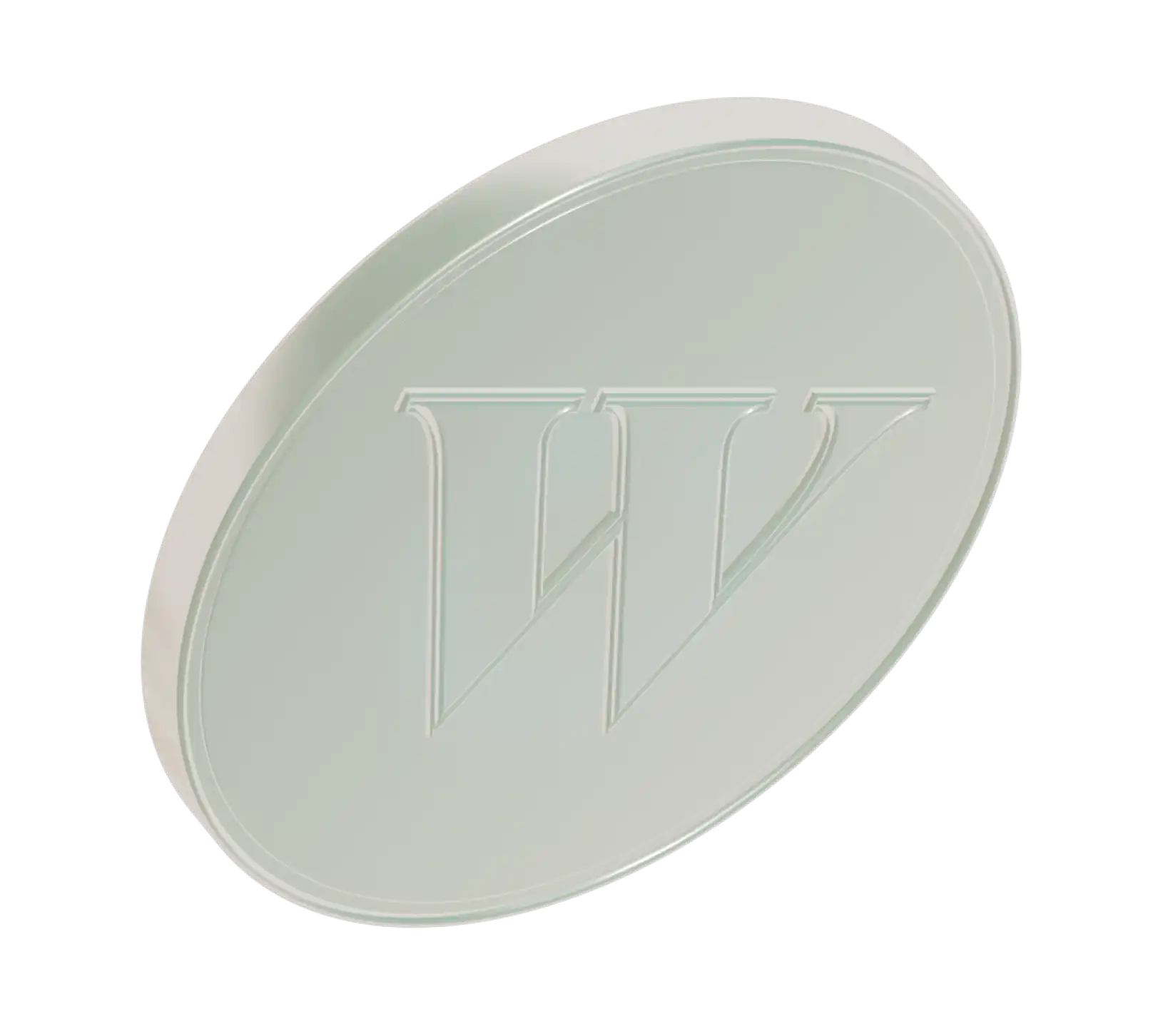Say you’re investing in all the right retirement vehicles and watching your investment balances grow year over year, but there’s a desire to see some immediate reward. You might be ready for investments that can offer some immediate cash flow.
Preferred stock is a way to add regular, predictable income to your portfolio. This “hybrid” investment shares some of the appealing features of both stocks and bonds but involves a few investing quirks.
Preferred stock is also a way to amp up your passive income goals while enjoying the perks of ownership in a company. On the flip side, you should know that preferred stock can also come with a tad more risk than investing in company bonds or share of common stock.
What is a preferred stock?
Before getting you head around preferred stock, it’s helpful to understand common stock.
Common stock, usually purchased at a price set by the market, represents ownership in a company. Common stock shareholders can make money from this type of investment through either stock appreciation or dividend payments. Not all stocks offer dividend payments, however.
Bonds represent a loan to a company based on terms that offer regular interest payments along with a promise to repay the principal loan at the bond maturity date. Because bonds are a loan, they don't represent ownership in the company.
Now that you know about common stock and bonds, imagine that these two got together and had a love child. That kid would be preferred stock because it has features of both bonds and common stock. Preferred stock combines the ownership and potential appreciation aspect of common stock along with the regular income a bond would provide.
Like bonds, preferred stock has a stated par value (or face value as stated on the bond certificate), such as $100 or $25. Also like bonds, the dividend payment is expressed as a percentage of the stock’s par value. For example, preferred stock with a par value of $100 and a stated annual dividend of 10% would pay $10 per year.
There is no maturity date on this investment but unlike bonds, the par value may not be repaid like the par value on a bond. Preferred stock is “callable,” meaning a company can call in a stock at a certain price forcing investors to redeem their shares at the call price (often higher than the par value.)
Preferred stock, like common stock, represents owners’ equity in a company, is traded on public markets, and can appreciate. Unlike common stock, preferred stockholders don’t have voting rights but they do have higher priority when it comes to claims to a company’s assets and income.
In the case of insolvency or when a company can’t meet its financial obligations, preferred stockholders would have first “dibs” on any cash a company gets from liquidating or selling off assets. However, bondholders would be paid out before preferred shareholders in this scenario.
One draw for preferred shareholders are the regular dividend payments. Like bonds, preferred shareholders can expect regular payments that are either fixed or set according to the LIBOR which is an international benchmark for interest rates.
Preferred stock vs. common stock
If you’re looking to invest in shares of a company but need help choosing between preferred and common stock (or an ideal balance of both) you’ll need to consider your investing goals and your risk tolerance.
Preferred stock carries some risks you should know about:
Low trading volume: Purchasing preferred stock is not very common. It could be difficult to buy and sell shares at times.
Subordination to bondholders: If a company experiences insolvency, bondholders are paid before preferred stockholders.
Rising interest rates: Which makes preferred stock less attractive if better returns are available with other investments (i.e. common stock, bonds, etc.).
Possible suspension of dividend payments: Which could occur if a company faces financial trouble.
In terms of the benefits of preferred stock, you’ll find there are a few that make this an attractive option for investors:
Dividend payments
Prioritized payments over common stock shareholders
The potential to capture profits should preferred stock appreciate on the stock market
Common stock, on the other hand, doesn’t carry the same benefits of preferred stock. Here are some benefits to investing in common stock, however:
Voting rights
Potential profits in the case of appreciation
The risks of common stock include:
Taking losses when the value of a stock drops
Taking losses in the case of insolvency or if dividend payments are suspended.
If you want to know whether you should invest in either one, ask yourself questions like:
Do I prefer regular income from my investments, or can I wait for profits when they appreciate?
Am I OK with the risk of losing some or all of my initial investment?
Am I OK with missing out on profits in case a company’s stock appreciates?
Could I “experiment” with a small number of preferred stock shares and increase my investment as I see the outcome meeting my financial needs?
Convertible preferred stock
If you still can’t quite decide on whether purchasing preferred stock is for you, you should know that there is another option: convertible preferred stock. Convertible preferred stock shares can be converted to a fixed number of common stock shares.
In most cases, preferred stock investors themselves can decide when or if this conversion happens, there are some cases when a company can force a conversion at a ratio set by the company. You should know that once this conversion happens, you’d give up all your rights as a preferred shareholder.
How to invest in preferred stock
If you’ve decided that investing in preferred stock is right for you, it’s relatively easy to purchase preferred stock shares.
First, you’ll want to research the company and its financials before committing to purchase any class of stock they offer. Once you figure out that you’d like to invest in a company’s stock as a preferred shareholder, you’ve got a couple of options.
The most common way to purchase shares of preferred stock is via an online brokerage account. There are many online investing platforms where you can create an account, fund it and simply place orders for the preferred stock you’d like to invest in. (Make sure you use the ticker symbol that represents the preferred stock shares so you don’t purchase common shares accidentally.)
The other option is to purchase shares directly with companies that allow direct stock purchases (i.e. without a broker.) This is often called a direct stock purchase plan (DSPP.) Not all companies offer DSPPs, and there could be restrictions on how and when you can make these purchases. Nonetheless, as long as you know the ticker symbol for the preferred stock you want to invest in, it should be easy to create, fund, and execute purchases through a DSPP.
Alternatives to preferred stock
If you're not quite ready to invest in preferred stock, consider investing in either common stock shares or corporate bonds instead. You could also invest in a combination of both.
Here's a rundown of these investment types to help you choose:
Common stock
Common stock represents ownership in a company and gives shareholders voting rights. Owners of common stock can vote on issues around corporate policy and the election of board members. Should a company go belly-up, however, common stock shareholders have the least amount of claim on a company’s assets.
For example, if a company has to sell all its assets to cover its financial obligations, common stock shareholders get paid only after other debt holders are satisfied. If there’s not enough to go around, common stock shareholders could lose a big part (or all) of their initial investment in a company’s stock.
This isn’t the only thing that makes common stock a risk-prone investment. Stocks are traded on markets and can lose or gain value based on market activity. You could purchase an ownership share in a company for $100 today and tomorrow it could be worth $50.
You should know that you can make money with stocks when they appreciate in value. In other words, the price of a stock can increase above the initial purchase price. (There’s another scenario where you can “short” a stock for profit, but that’s another discussion.)
Some companies offer what is called a dividend payment with common stock shares. Usually expressed as a percentage of a company’s current share price, these are regular payments given to investors on a quarterly or annual basis.
Dividend payments can be another way to get more value out of your common stock shares. You can use the extra cash from dividend payments to support your lifestyle or you can reinvest your dividends to purchase more stock.
Most investors will invest in common stock. Despite the risks they present, they are still a good option for many investors.
Bonds
Bonds are debt securities that represent loans to a company. Unlike stocks, bondholders don’t have any ownership in the company they lend money to.
Bondholders lend money to a corporation in exchange for regular interest payments plus the promise to repay the principal amount (par value) of the loan when it matures (maturity date.)
Bond features include:
Coupon rate: The interest rate that issuers give bondholders
Maturity: Date when the principal of the bond must be repaid
Current price: The market price of the bond (could be lower or higher than par value)
Par value: The face value of the bond (usually $100 or $1,000)
Once you purchase a bond, you’ll begin getting interest payments, according to the coupon rate. These interest payments are typically paid out twice per year. Once the bond reaches maturity, you’ll get the par value of the bond back.
Because of the regular income, the promise to be repaid, and the priority bondholders enjoy in the corporate capital structure, bonds are often considered less risky than stocks. The downside is that owning a bond won’t give you the financial rewards of owning a piece of the company when it becomes more profitable or experiences an uptick in stock price.
Say, for example, a company’s stock price increases by 25% or more in a given time period. As a an owner of common stock shares, you’d be able to profit from that increase should you decide to sell your shares for more than you purchased them.
As a bondholder, you’d simply continue receiving interest payments twice a year plus the principal repayment on the maturity date. You wouldn't get additional payments or extra principle payments just because the company is doing well financially. Another plus is that bondholders would get paid before both preferred and common stockholders if a company declares bankruptcy.
Bonds have lower risks but also lower potential for gains when a company’s financial performance improves.
Bottom line
Investing is a personal pursuit and should be customized to meet your personal investing needs. In the end, you’ll have to choose the investment types that will help you meet your financial goals both for now and in the years to come. Preferred stock could certainly be part of that equation if you decide this option works for you.
Still need investing help? Sign up to Wealthsimple the only automated investing services to offer all of its clients unlimited human support. Every Wealthsimple client gets state-of-the-art technology, low fees, and the kind of personalized, friendly service you might have not thought imaginable from a low-priced investment service.




